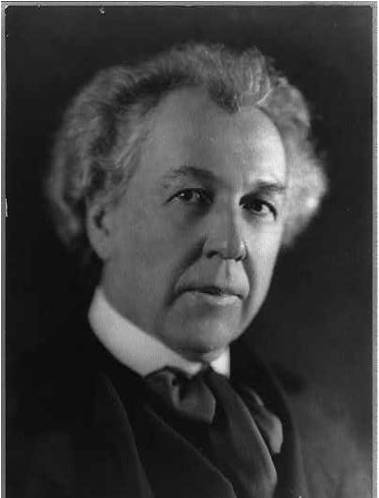
- FORUM
- PROJECTS
- ABOUT US
- RESOURCES
- CONTACT US
- FORUM
- PROJECTS
- ABOUT US
- RESOURCES
- CONTACT US
About Louis Sullivan
- me | Louis henry Sullivan.
- lived | 1856-1924.
- style | Chicago School
- Considered “The Father of Modern Architecture”
- “Form follows Function”
- Mentor to Frank Lloyd Wright and influence on the PRAIRIE SCHOOL
Louis Sullivan works
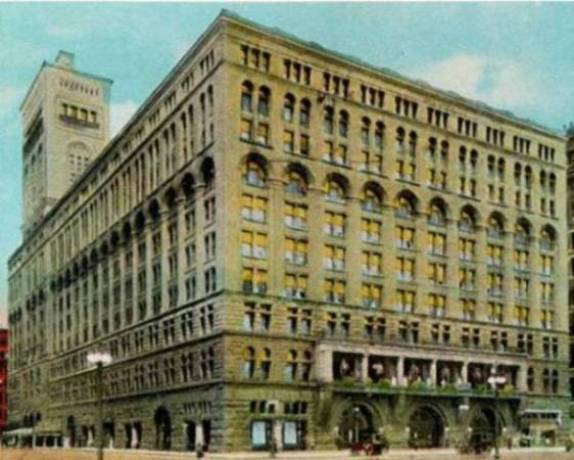
- Auditorium Building | 1886-1890.Chicago, Illinois USA.
- Wainwright Building | 1890-1891.St. Louis, Missouri USA.
- Guaranty Building | 1894-1895.Buffalo, New York USA.
- Carson, Pirie, Scott and Co. | 1899-1904.Chicago, Illinois USA.
- National Farmers’ Bank | 1906-1908.Owatonna, Minnesota USA.
- Merchant’s National Bank | 1913-1914.Grinnell, Iowa USA.
- People’s Savings and Loan Association Bank | 1919.Sidney, Ohio USA.
- Farmers’ and Merchants’ Union Bank | 1919.Columbus, Wisconsin USA
Chicago School of Architecture
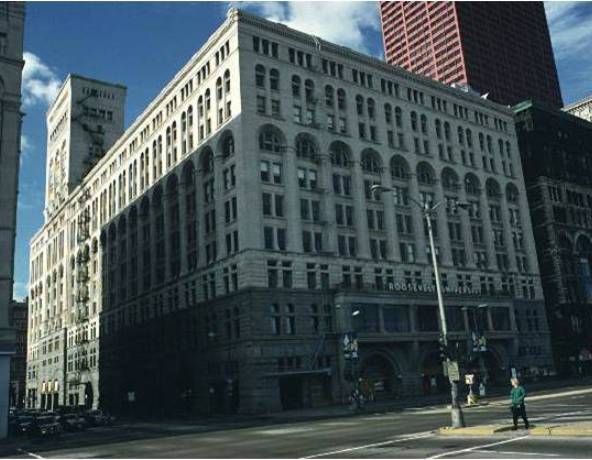
- The Chicago School was a school of architects active in Chicago at the turn of the 20th century. They were among the first to promote the new technologies of steel-frame construction in commercial buildings, and developed a spatial aesthetic which co-evolved with, and then came to influence, parallel developments in European Modernism.
- While the term Chicago School is widely used to describe buildings in the city during the 1880s and 1890s, this term has been disputed by scholars, in particular in reaction to
Carl Condit’s 1952 book “The Chicago School of Architecture”.
Chicago School of Architecture
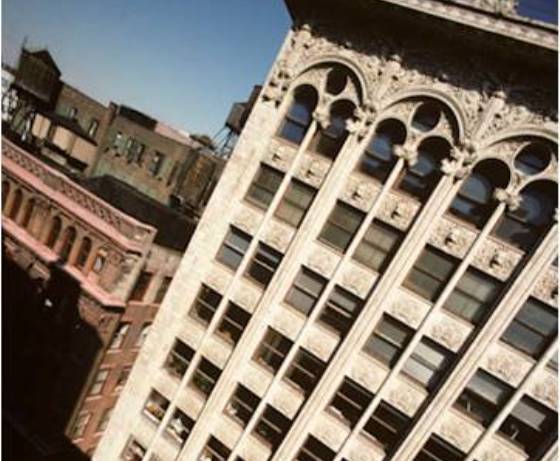
- One of the distinguishing features of the Chicago School is the use of steel-frame buildings with masonry cladding (usually terra cotta),
- allowing large plate-glass window areas and limiting the amount of exterior ornamentation.
- Sometimes elements of neoclassical architecture are used in Chicago School skyscrapers.
- Many Chicago School skyscrapers contain the three parts of a classical column.
- The first floor functions as the base, the middle stories, usually with little ornamental detail, act as the shaft of the column,
- and the last floor or so represent the capital, with more ornamental detail and capped with a cornice.
Chicago School of Architecture

- The “Chicago window” originated in this school . It is a three-part window consisting of a large fixed center panel flanked by two smaller double-hung sash windows. The arrangement of windows on the facade typically creates a grid pattern, with some projecting out from the facade forming bay windows. The Chicago window combined the functions of light-gathering and natural ventilation; a single central pane was usually fixed, while the two surrounding panes were operable. These windows were often deployed in bays, known as oriel windows, that projected out over the street.
Auditorium Building
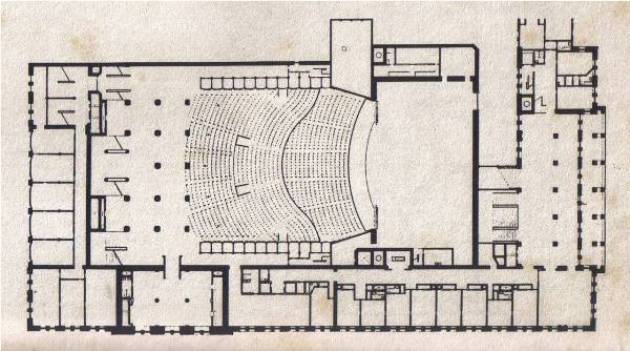
- The Auditorium is a heavy, impressive structure externally, and was more striking in its day when buildings of its scale were less common. When completed, it was the tallest building in the city and largest building in the United States.
Auditorium Building
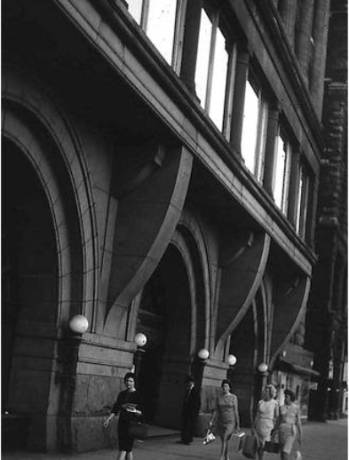
- Adler and Sullivan designed a tall structure with load-bearing outer walls, and based the exterior appearance partly on the design of H.H. Richardson’s Marshall Field Warehouse, another Chicago landmark.
Auditorium Building Section
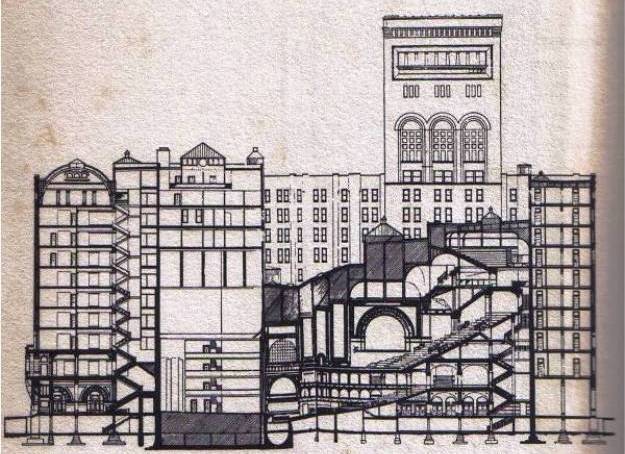
Wainwright Building
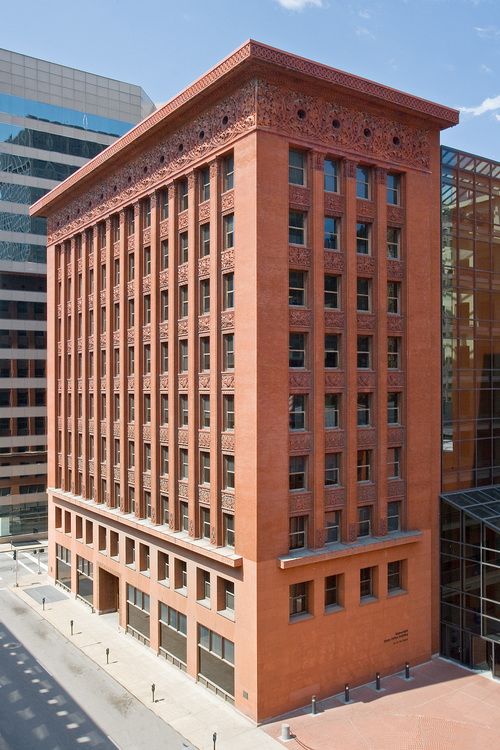
- Among the first skyscrapers built in the world
- Wainwright is constructed with a steel skeleton frame, allowing the walls of the building to be freed from their millennia-old role as load-bearing structures.
- Square portals on the first floor and pilasters extend upwards, creating a vertical emphasis
- above first floor . But seemingly defying the laws of physics, each portal effortlessly supports a pilaster above it as well.
- Sullivan seeks to dispense with historical precedents in the ornamentation of the spandrels, the terracotta panels in between the windows and pilasters.
- Sullivan juxtaposed the objective-tectonic and the subjective-organic was the first demonstration of this symbolism
- Frank Lloyd Wright, who was already working with Adler and Sullivan, called the Wainwright “the very first human expression of a tall steel office-building as architecture.”
